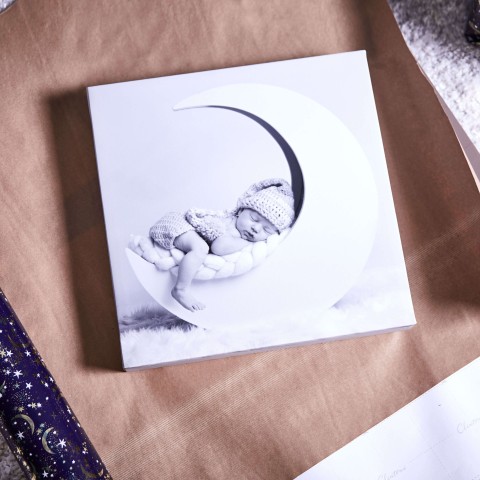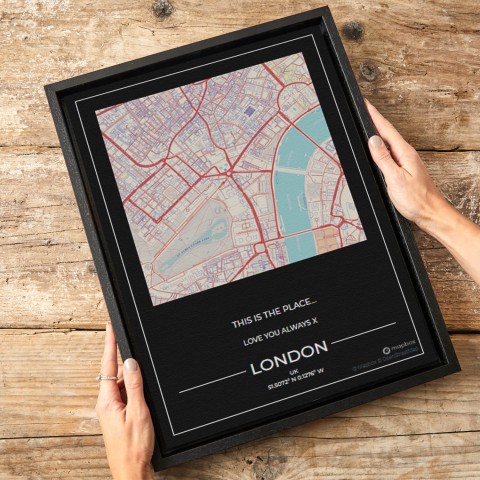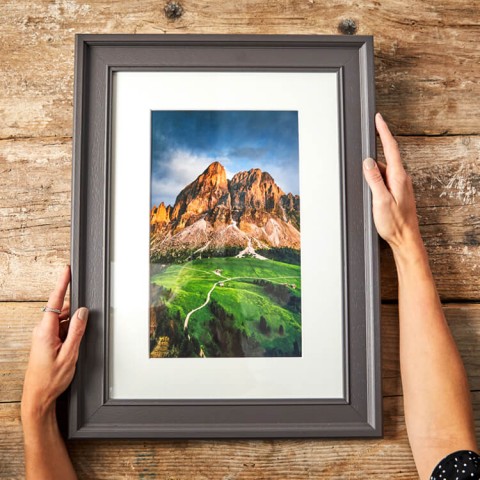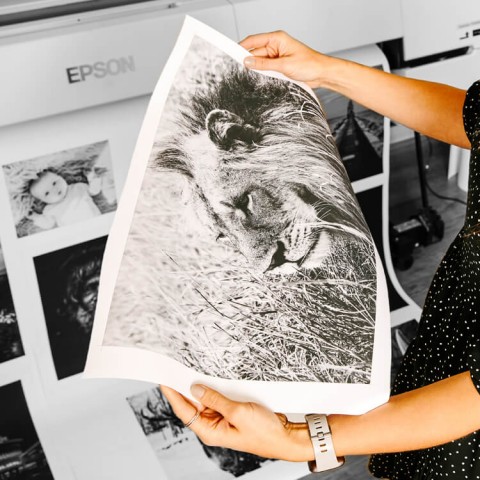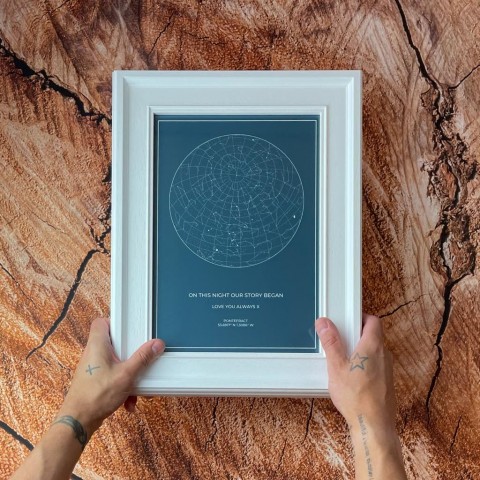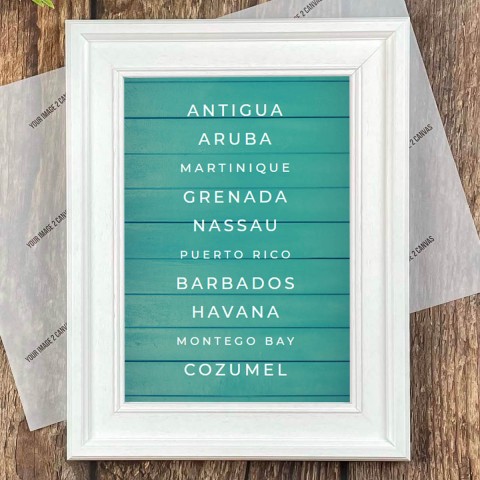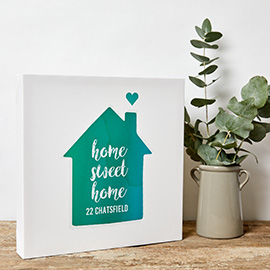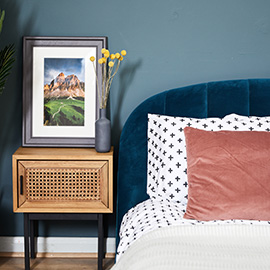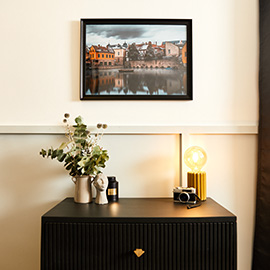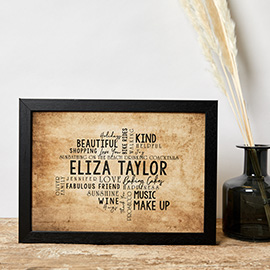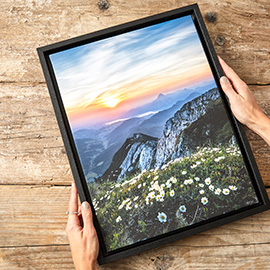Marvellous macro photography – part 2
Of all the sub-genres of photography, macro is probably the one with the most scope for experimental fun. Take a look around you: you might see a few cool things to shoot, but if you’re thinking ‘macro’ the range of subjects will increase by the hundreds! But this style isn’t for everyone, so how do you try it out without investing in new glass? Let’s take a look at a couple of ways to dip your toes in.
Extension tubes
Manual focus extension tubes are simply light-tight tubes that fit between your lens and camera body. They work by extending the distance between the front element of your lens and your camera’s sensor, and shortening the distance between the front element and subject. Together this increases magnification and creates a very cheap macro effect.
For about £15 you can buy a set of basic tubes without electrical contacts, but the problem with these is that the aperture on modern lenses is controlled by the camera, which means you will always be shooting wide open when you ideally need as much depth of field as possible. Some DSLR systems allow you to use older lenses with aperture rings, which negates this issues, but if you don’t have any of these lenses it’s worth spending a little more for a set of tubes with electrical contacts that allow your camera to maintain aperture control.
Although extension tubes will work fine on any lens, they seem to be most effective on a short telephoto like a 50mm prime – a lens that most photographers will have in the bag already. Subject wise, it’s best to stick with still life to begin with because light loss through the tubes due to the effective increase in aperture will lead to a drop in shutter speed. It may be possible to get some of that speed back by increasing your ISO, but we would recommend using a tripod and timer or release cable to retain the best IQ possible.
Reversing lenses
Extension tubes not cheap enough for you? Well how about trying a reversing ring?! This tiny little adaptor (less than a fiver on eBay) with a bayonet fitting attaches to the front of your lens allowing you to fix your lens back to front to your camera body to increase magnification. The same caveats regarding aperture control and shutter speed we mentioned with extension tubes apply to reversing adaptors, so lenses with manual aperture rings are superior for this method because it’s impossible to maintain electronic control of the aperture. Don’t let this prevent you from having a go wide open if your lens can only be controlled in-camera though – it’s still great fun!
Join us next time when we will take a brief look at some of the higher end gear available before we begin exploring the techniques you will need to learn to turn your macro images into canvases you can be proud of.


